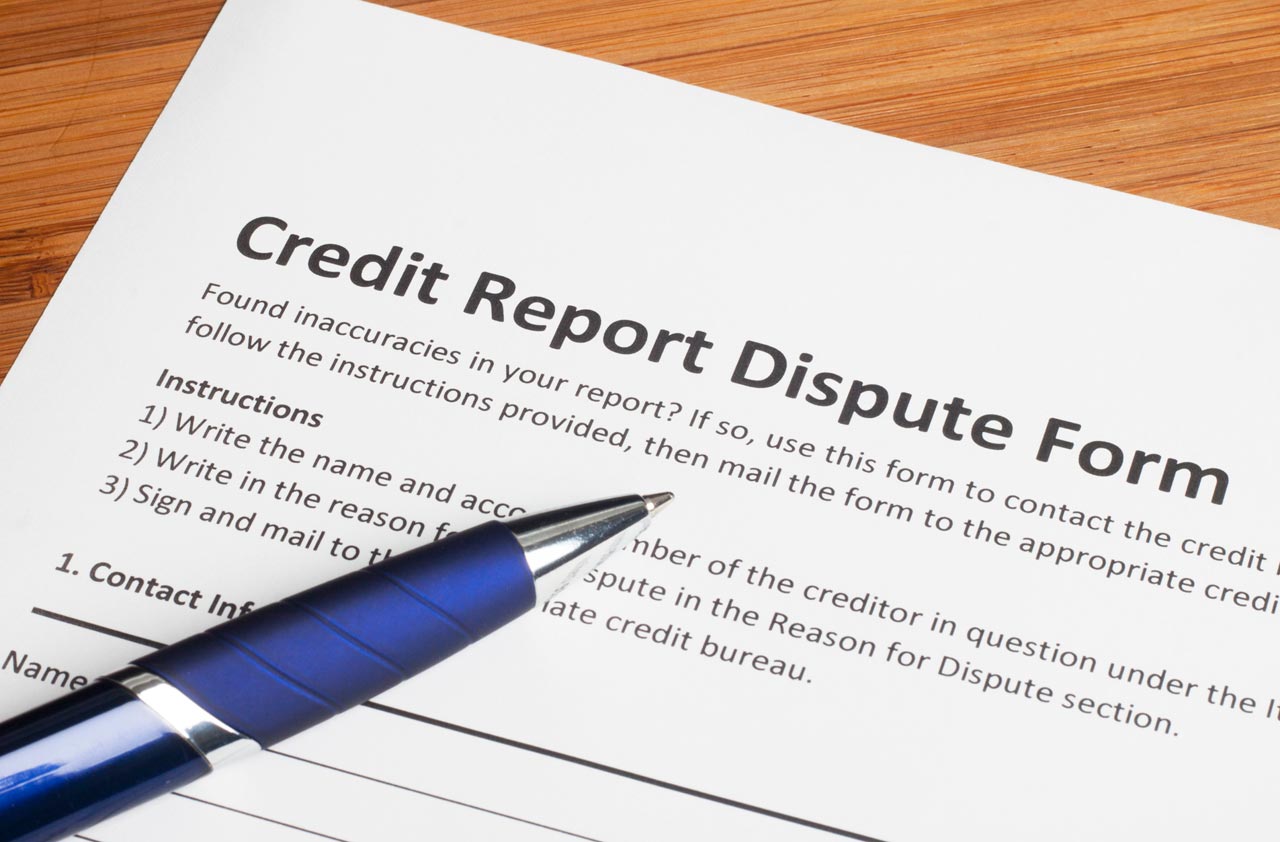10 Financial To-Dos for 2015
Take these steps soon and you’ll improve your finances for the entire year.


Now that it’s 2015, what should I be doing to make the most of my finances?
Early in the new year is a great time to take advantage of new opportunities to save and improve your finances. Here are 10 financial moves to make in the next few months.
1. Stash more money in your retirement accounts. The new year brings new contribution limits for 401(k)s, 403(b)s, 457s and the federal government’s Thrift Savings Plan. Maximum contributions rise by $500, to $18,000, in 2015, and you can add an extra $6,000 (up from $5,500) if you’re 50 or older anytime during the year—even if your birthday is months away. See How Much You Can Contribute to Retirement Plans in 2015. It’s also a good time to decide whether to contribute some or all of that money to a Roth 401(k) (or the Roth version of another retirement plan). Doing so won’t give you a tax break now, but it will let you build up a stash of tax-free money for retirement. See The Benefits of the Roth 401(k).

Sign up for Kiplinger’s Free E-Newsletters
Profit and prosper with the best of expert advice on investing, taxes, retirement, personal finance and more - straight to your e-mail.
Profit and prosper with the best of expert advice - straight to your e-mail.
2. Automate your savings. The contribution limit for IRAs remains at $5,500 per person for 2015 (or $6,500 if you’re 50 or older anytime during the year). Instead of scrambling to contribute at the last minute, do your budget a favor by spreading your contributions over the whole year. Contributing $458.33 per month gets you to the maximum $5,500 by year-end (and $541.66 adds up to the $6,500 you can invest if you’re 50 or older anytime during the year). Ask your IRA administrator to move the money directly from your paycheck or checking account, before you have a chance to spend it. And take advantage of extra opportunities to save. If your spouse isn’t working but you are, you can make spousal IRA contributions. See Often Overlooked Opportunities to Save in a Roth IRA.
3. Master new strategies to save money on medical expenses. Picking the right health insurance policy is just one of many ways to save on health care. Now that most people are shelling out for higher deductibles before coverage kicks in and paying coinsurance based on a percentage of the cost of care, it is more important to become a smart health care shopper. Learning a few key strategies and taking advantage of your insurer’s shopping tools can save you hundreds—or even thousands—of dollars in medical expenses throughout the year. See 50 Ways to Cut Your Health Care Costs.
4. Get extra cash from wellness programs at work. Even if in the past your employer offered a wellness program that didn’t seem worth the hassle, take a second look. One of the biggest trends in employer health care is providing added incentives to get employees to participate in wellness programs. You might get some extra cash, too—many employers give employees $500 or more if they sign up for a health assessment, get biometric screening to measure cholesterol, blood pressure or body mass index, or participate in programs to reach health goals. See Why It Pays to Join the Company Wellness Program for more information.
5. Get triple tax savings in a health savings account. If you have a high-deductible health insurance policy, contributing to an HSA can be one of the most valuable ways to save. You can build up a tax-free stash of money to use for health care costs either now or in the future—and you can save for out-of-pocket medical expenses and Medicare premiums in retirement. To qualify in 2015, your health insurance policy must have a deductible of at least $1,300 for individual coverage or $2,600 for family coverage and meet a few other criteria—whether you get coverage through your employer or on your own. Ask your insurer if your policy qualifies. If it does, you can contribute up to $3,350 for the year if you have individual health insurance coverage or $6,650 if you have family coverage, plus up to $1,000 if you’re 55 or older anytime during the year. See FAQs About Health Savings Accounts.
6. Fix the rest of your insurance. You can save a lot of money—and protect your savings—by making sure you’re getting the right coverage, at the best price, for all of your insurance, not just health coverage. See Reshop Your Car Insurance in 2015 for new strategies to help save money on premiums, and see An Easy Way to Save on Homeowners Insurance for a way to cut your costs by up to 20%. Read Why You Should Get More Disability Insurance to see if you need more insurance that pays an income if you can’t work. Also see How Much Life Insurance to Buy and How Much It Costs to Boost Life Insurance Coverage. And to learn about new developments in long-term-care insurance that can help you cover the growing cost of care in a nursing home, in an assisted-living facility or in your own home, read How to Buy Long-Term-Care Insurance.
7. Make a charitable plan. Rather than scrambling in December to write checks to charities, you may be able to make a bigger impact (and get a bigger tax break) if you create a charitable plan to follow throughout the year. Think about stocks you may want to transfer to charity when they reach a certain price, or consider opening a donor-advised fund to build your charitable savings over several years (while getting a current tax break). You can also start setting aside money for bigger gifts, such as a scholarship fund, or build a charity “slush fund” so you have some extra money ready to give quickly after a natural disaster or other emergency. See Smarter Ways to Give to Charity and How to Donate Stock to a Charity.
8. Start planning for your required minimum distributions. You have to take required minimum distributions from many of your retirement accounts after you reach age 70½ (although you can delay taking withdrawals from your current employer’s retirement plan if you’re still working). Because your required withdrawals for 2015 are based on your life expectancy and your account balance as of December 31, 2014, you can take the money anytime during the year. Start thinking about which traditional IRA accounts to tap. You must calculate the required withdrawals from each traditional IRA separately, but you can take the money from any of those accounts. You don’t have that option with 401(k)s and other employer retirement-savings plans—you must take the required withdrawals from each of those accounts separately—but you can decide which investments to tap. You may want to shift money to a stable value fund or another fixed fund within the account to be ready for the next few years of withdrawals. That way, you won’t need to worry about selling mutual funds in a down market to withdraw the required amounts. See Calculating Required Distributions From Your Retirement Accounts and our Required Minimum Distributions special report.
9. Squeeze some extra tax savings. Start gathering your tax files now so you don’t miss out on valuable deductions when you do your 2014 tax return. See The Most Overlooked Tax Deductions for ideas. Don’t forget about the tax break for summer day camp and other child-care costs if your kids are younger than 13; the retirement savers’ tax credit for low- to middle-income people who save in an IRA, 401(k) or other retirement plan; and tax breaks for college costs and continuing education. Also see 15 Surprising Tax Deductions for some breaks you may have never considered.
10. Give yourself a financial checkup. Now is also a great time to make sure you’re still on track to reach your financial goals. See How Much You Really Need to Retire and our Retirement Savings Calculator to assess your progress. Consider enlisting help from a financial planner to get a one-time financial checkup or to get more frequent help with saving and investing—see 6 Things You Must Know About Financial Planners. While you’re at it, visit www.annualcreditreport.com to check your credit report with each of the three bureaus to look for any errors or to spot areas you’d like to improve. See Why You Should Check Your Credit Reports Each Year and our Credit Reports & Scores special report.
Get Kiplinger Today newsletter — free
Profit and prosper with the best of Kiplinger's advice on investing, taxes, retirement, personal finance and much more. Delivered daily. Enter your email in the box and click Sign Me Up.

As the "Ask Kim" columnist for Kiplinger's Personal Finance, Lankford receives hundreds of personal finance questions from readers every month. She is the author of Rescue Your Financial Life (McGraw-Hill, 2003), The Insurance Maze: How You Can Save Money on Insurance -- and Still Get the Coverage You Need (Kaplan, 2006), Kiplinger's Ask Kim for Money Smart Solutions (Kaplan, 2007) and The Kiplinger/BBB Personal Finance Guide for Military Families. She is frequently featured as a financial expert on television and radio, including NBC's Today Show, CNN, CNBC and National Public Radio.
-
 Stock Market Today: Stocks Gain on Tech, Auto Tariff Talk
Stock Market Today: Stocks Gain on Tech, Auto Tariff TalkThe Trump administration said late Friday that it will temporarily halt tariffs on some Chinese tech imports.
By Karee Venema
-
 Sam's Club Plans Aggressive Expansion: Discover Its New Locations
Sam's Club Plans Aggressive Expansion: Discover Its New LocationsSam's Club expansion plans will open up to 15 new stores each year. Learn where they plan to open in 2025.
By Sean Jackson
-
 Credit Report Error? They All Matter
Credit Report Error? They All Mattercredit & debt Don't dismiss a minor error. It could be the sign of something more serious.
By Kimberly Lankford
-
 Insurance for a Learning Driver
Insurance for a Learning Driverinsurance Adding a teen driver to your plan will raise premiums, but there are things you can do to help reduce them.
By Kimberly Lankford
-
 529 Plans Aren’t Just for Kids
529 Plans Aren’t Just for Kids529 Plans You don’t have to be college-age to use the money tax-free, but there are stipulations.
By Kimberly Lankford
-
 When to Transfer Ownership of a Custodial Account
When to Transfer Ownership of a Custodial Accountsavings Before your child turns 18, you should check with your broker about the account's age of majority and termination.
By Kimberly Lankford
-
 Borrowers Get More Time to Repay 401(k) Loans
Borrowers Get More Time to Repay 401(k) Loansretirement If you leave your job while you have an outstanding 401(k) loan, Uncle Sam now gives you extra time to repay it -- thanks to the new tax law.
By Kimberly Lankford
-
 When It Pays to Buy Travel Insurance
When It Pays to Buy Travel InsuranceTravel Investing in travel insurance can help recover some costs when your vacation gets ruined by a natural disaster, medical emergency or other catastrophe.
By Kimberly Lankford
-
 What Travel Insurance Covers When Planes Are Grounded
What Travel Insurance Covers When Planes Are GroundedTravel Your travel insurance might help with some costs if your trip was delayed because of the recent grounding of Boeing 737 Max planes.
By Kimberly Lankford
-
 Ways to Spend Your Flexible Spending Account Money by March 15 Deadline
Ways to Spend Your Flexible Spending Account Money by March 15 Deadlinespending Many workers will be hitting the drugstore in the next few days to use up leftover flexible spending account money from 2018 so they don’t lose it.
By Kimberly Lankford